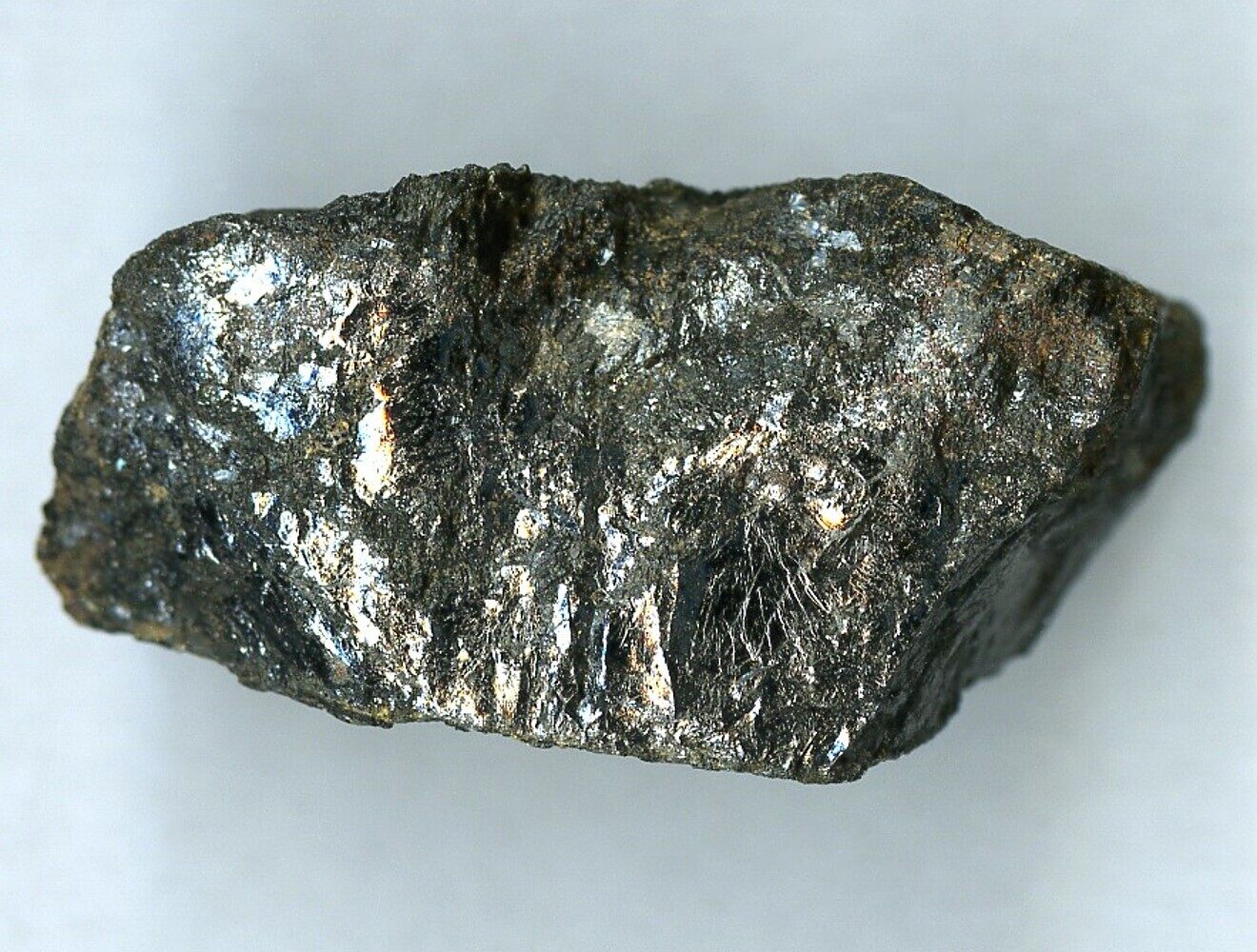
Panguite is a rare mineral that has captured the interest of scientists and space enthusiasts alike. Found within a meteorite, this mineral offers a glimpse into the early solar system. Discovered in 2012, panguite is named after Pan Gu, a giant in Chinese mythology who separated heaven and earth. This mineral is composed of titanium, aluminum, and other elements, making it incredibly resilient. Why is panguite important? It provides clues about the conditions and materials present during the formation of our solar system. Want to learn more? Here are 30 fascinating facts about panguite that will expand your knowledge of this cosmic treasure.
Key Takeaways:
- Panguite is a rare and ancient mineral found in meteorites, providing valuable insights into the early solar system. Its unique properties and cosmic origins make it a fascinating subject of scientific study.
- Studying Panguite requires advanced techniques due to its small size and rarity. Scientists use electron microscopes, X-ray diffraction, and spectroscopy to uncover its composition and structure, shedding light on the early history of our solar system.
What is Panguite?
Panguite is a fascinating mineral discovered in a meteorite. It has unique properties and an intriguing history. Here are some interesting facts about this rare mineral.
-
Panguite was first discovered in 2007 in the Allende meteorite, which fell in Mexico in 1969.
-
Named after Pangu, a giant in Chinese mythology who separated heaven and earth, reflecting its cosmic origins.
-
Panguite is a titanium oxide mineral, specifically Ti4+O2.
-
It is one of the oldest minerals in the solar system, dating back over 4.5 billion years.
-
Panguite forms under extreme conditions, such as high temperatures and pressures found in space.
Unique Characteristics of Panguite
Panguite has several unique characteristics that make it stand out among other minerals.
-
It has a high melting point, around 2,000 degrees Celsius.
-
Panguite is incredibly hard, scoring 7 on the Mohs hardness scale.
-
It is opaque, meaning light does not pass through it.
-
The mineral is typically found in tiny grains, often less than 100 micrometers in size.
-
Panguite has a metallic luster, giving it a shiny, reflective appearance.
Scientific Significance of Panguite
The discovery of Panguite has provided valuable insights into the early solar system.
-
It helps scientists understand the conditions that existed during the formation of the solar system.
-
Panguite contains clues about the processes that led to the formation of planets and other celestial bodies.
-
Studying Panguite can reveal information about the distribution of elements in the early solar system.
-
It provides evidence of the high-temperature environments that existed in the early solar system.
-
Panguite's composition can help scientists understand the chemical reactions that occurred during the formation of the solar system.
Where is Panguite Found?
Panguite is an extremely rare mineral, and its occurrences are limited to specific locations.
-
The Allende meteorite is the primary source of Panguite.
-
It has also been found in other meteorites, but in much smaller quantities.
-
Panguite is not found on Earth, as it forms under conditions not present on our planet.
-
The mineral is typically found in refractory inclusions, which are high-temperature components of meteorites.
-
These inclusions are some of the oldest materials in the solar system, providing a snapshot of its early history.
How is Panguite Studied?
Studying Panguite requires advanced techniques and equipment due to its small size and rarity.
-
Scientists use electron microscopes to examine Panguite at a microscopic level.
-
X-ray diffraction is used to determine the mineral's crystal structure.
-
Spectroscopy helps identify the elements present in Panguite.
-
Researchers often study Panguite in thin sections, which are slices of meteorites that are only a few micrometers thick.
-
Advanced imaging techniques allow scientists to create detailed maps of Panguite's composition and structure.
Interesting Facts about Panguite
Here are some additional intriguing facts about Panguite that highlight its uniqueness.
-
Panguite is one of the few minerals that contain titanium in its highest oxidation state.
-
It is part of a group of minerals known as ultra-refractory phases, which form at extremely high temperatures.
-
Panguite's discovery was a surprise, as it was not predicted by scientists studying meteorites.
-
The mineral's name was approved by the International Mineralogical Association in 2012.
-
Panguite continues to be a subject of research, as scientists seek to learn more about its properties and origins.
Panguite: A Cosmic Marvel
Panguite, a rare titanium oxide mineral, offers a glimpse into the early solar system's history. Discovered in a meteorite, this mineral's unique properties have intrigued scientists and space enthusiasts alike. Its formation dates back over 4.5 billion years, making it one of the oldest known minerals. Panguite's resilience to extreme conditions provides valuable insights into the processes that shaped our solar system.
Understanding panguite helps researchers piece together the puzzle of planetary formation and the evolution of celestial bodies. This mineral's discovery underscores the importance of studying meteorites, as they hold clues to the universe's origins. As technology advances, who knows what other cosmic secrets we'll uncover? Panguite serves as a reminder of the vast, mysterious universe waiting to be explored. So, next time you gaze at the night sky, remember the tiny mineral that tells a big story.
Frequently Asked Questions
Was this page helpful?
Our commitment to delivering trustworthy and engaging content is at the heart of what we do. Each fact on our site is contributed by real users like you, bringing a wealth of diverse insights and information. To ensure the highest standards of accuracy and reliability, our dedicated editors meticulously review each submission. This process guarantees that the facts we share are not only fascinating but also credible. Trust in our commitment to quality and authenticity as you explore and learn with us.
